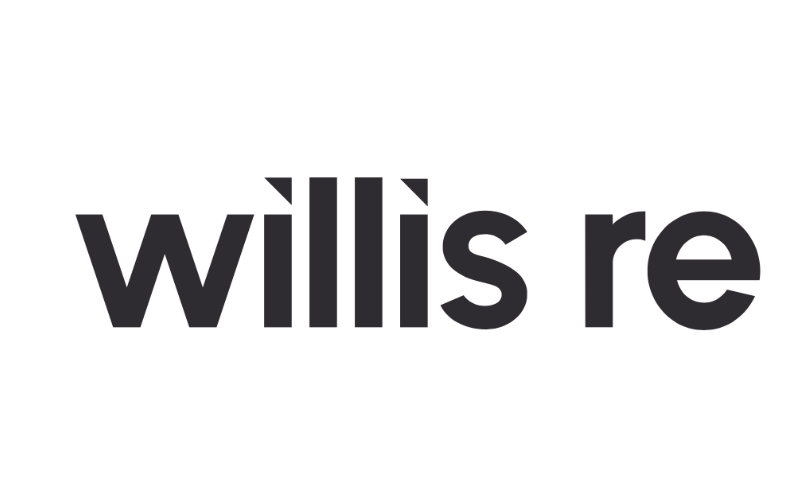Future California wildfire losses likely to exceed historical data: Willis Re
- August 4, 2025
- Posted by: Kassandra Jimenez-Sanchez
- Category: Insurance

Future wildfire losses in California are likely to exceed what recent fire footprints suggest, challenging how the re/insurance industry assesses and prices risk, Daniel Bannister, from Willis Research Network, states in a recent analysis.
Two decades of intense fire activity has largely spared the state’s most high-value, highly exposed areas, but the showed just how impactful these events can be.
The $40 billion in insured losses from the Los Angeles event – considered the largest wildfire bill in history – illustrate how today’s underlying conditions can translate latent exposure into notes Willis Re.
Occurring in mid-winter when fire spread was historically limited, the fire burned through some of the world’s most valuable wildland-urban interface (WUI), proving that losses of this scale are now a “credible outcome” rather than an extreme rarity.
“What makes this event significant for is not simply that such a loss occurred, but what it implies about the unburned WUI more broadly: the potential for future loss is much larger than recent fire footprints suggest,” Bannister notes.
Adding: “If events of this scale now sit within the range of credible outcomes, wildfire needs to be considered a core contributor to portfolio volatility, rather than an infrequent or marginal loss source.”
Although California has seen one in six acres burn since 2000, most of this fire activity has been concentrated in sparsely populated wildland areas.
The report highlights that the high-value WUI – where residential areas meet wildlands – has experienced relatively little fire, with less than 4% burning in the last ten years.
This means that the area most susceptible to major losses has yet to experience a large-scale fire under current conditions.
Bannister emphasises that historical experience alone is no longer a reliable guide. To understand today’s wildfire loss potential, three interacting forces must be considered:
- Climate conditions – Wildfires have become a year-round hazard. Shifts in weather conditions have expanded the scale and timing of wildfire activity.
- Exposure – California’s population and built-up area have increased along the edges of major metropolitan areas since the mid-1980s, enlarging the WUI. This means that a larger share of the housing stock now sits in areas where fire is both more likely and more difficult to manage
- Cost – meaning that the financial impact of wildfire is driven not only by the number of structures affected, but also by how expensive each one is to replace.
“With fires now having the potential to occur across more of the year, more people and assets are located in flammable areas, and rebuilding is materially more expensive. With much of the high-value WUI yet to experience fire under these conditions, historical loss experience alone is no longer a reliable guide for pricing or portfolio steering,” Bannister stated.
Neville Ching, Willis Re, commented: “Understanding wildfire risk is not simply a function of climate or mathematical probability of occurrence but is understood by studying the combination of geographic risk, climatic conditions, local regulation and loss mitigation procedures in force.
“For insurers and reinsurers the challenge is translating probabilistic science into pricing assumptions and coverage that will be commercially viable and acceptable to their clients. Loss experience gives us fresh data points that can assist with the evaluation of risk and the development of product.”
To respond, Bannister suggests:
- Evaluate how well current models represent today’s risk climate. Historical data may understate large-loss likelihood and scale. Model evaluation should include sensitivity testing and validation against recent events to identify necessary adjustments.
- Supplement exposure data where it matters most. Asset-level characteristics, such as defensible space, roof materials, and fuel continuity, meaningfully influence loss outcomes. Integrating and validating high-resolution exposure data against claims improves pricing accuracy and risk selection.
- Adjust loss assumptions for current costs. Rising replacement costs outpace models, and building codes often mandate near-full replacement for partial repairs. Reviewing model divergence from claims data is key for setting technical prices and portfolio strategy.



